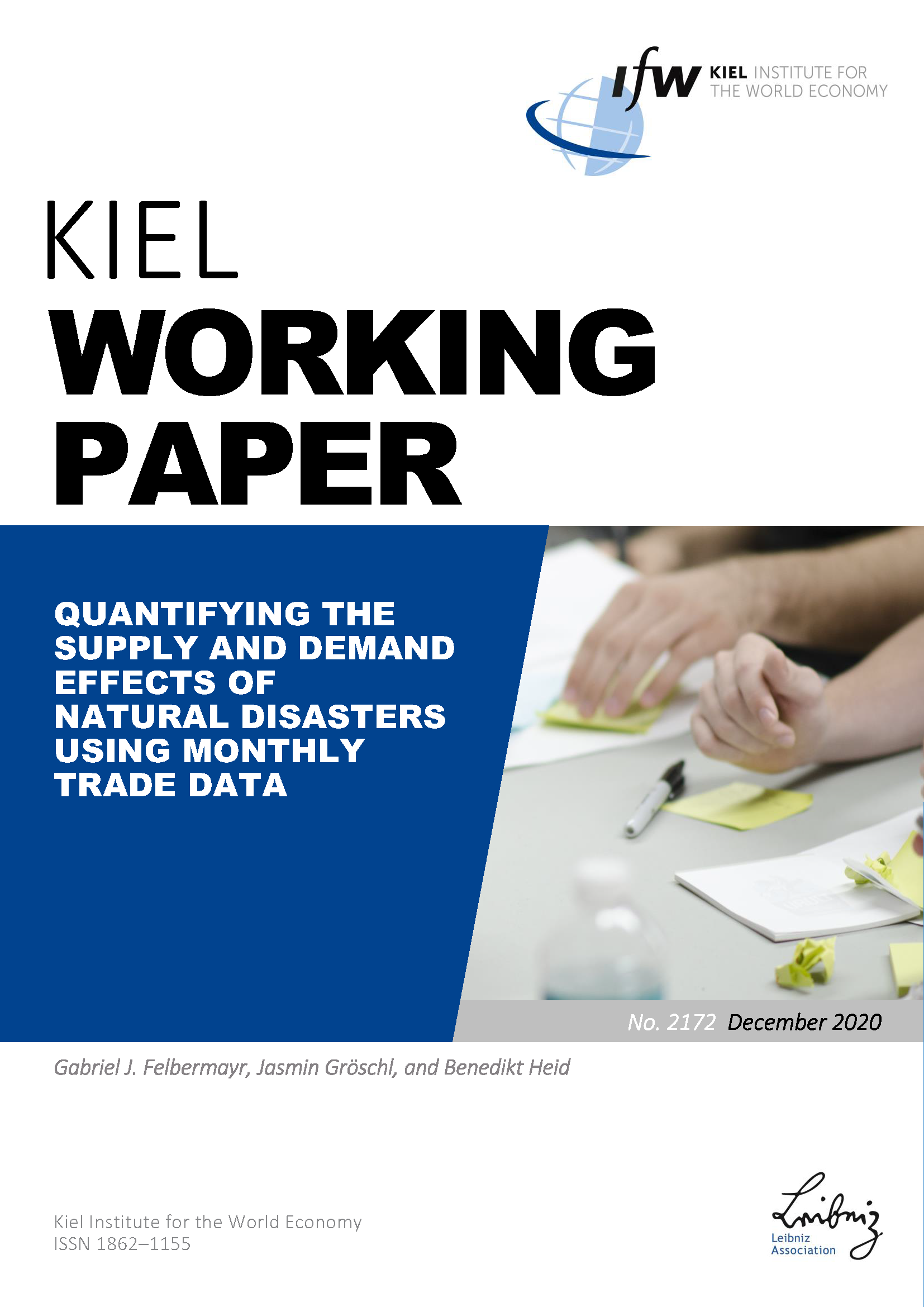Working Paper
Quantifying the Supply and Demand Effects of Natural Disasters Using Monthly Trade Data
Authors
Publication Date
JEL Classification
Key Words
Related Topics
International Trade
We develop a simple methodology to estimate monthly aggregate supply and demand conditions from bilateral international trade data for about 180 countries and 40 years. We apply our method to measure the short-run effects of natural disasters. In line with theoretical considerations, we find large, persistent negative effects of earthquakes and storms on supply and demand for credit-constrained countries. In other economies, supply is temporarily depressed while demand is temporarily up after a disaster. Using a consistent structural trade model, we back out monthly aggregate productivity measures. We quantify how the adverse productivity effects of the 1992 earthquake in Nicaragua and the 2011 Tohoku earthquake in Japan impacted those countries and their trade partners conditional on different assumptions about trade costs.





